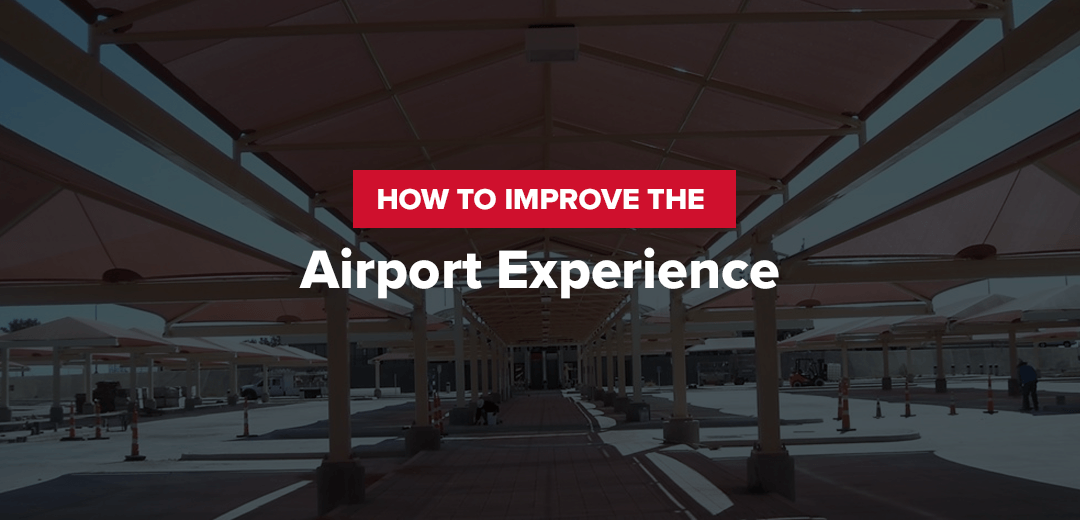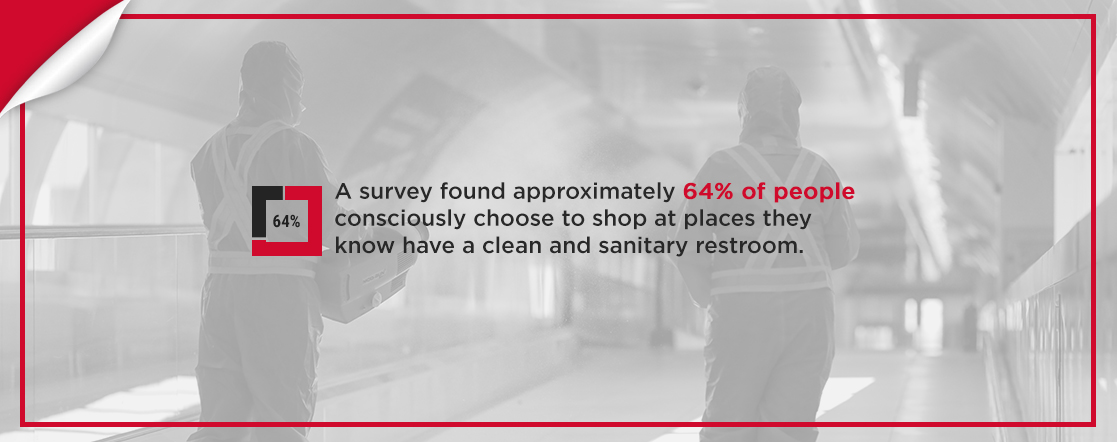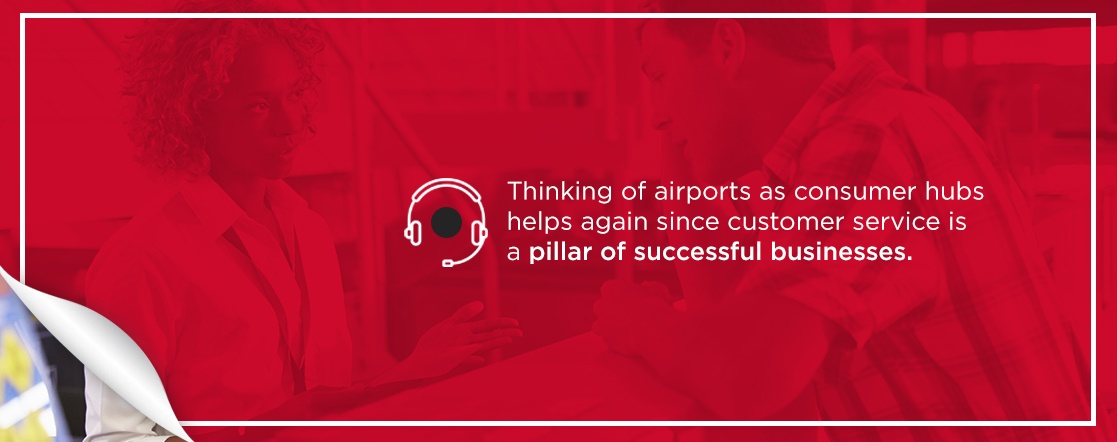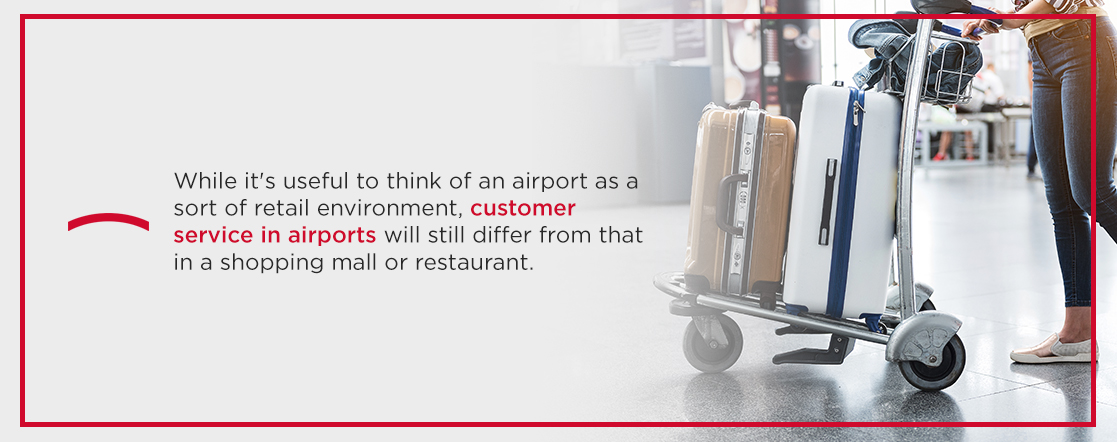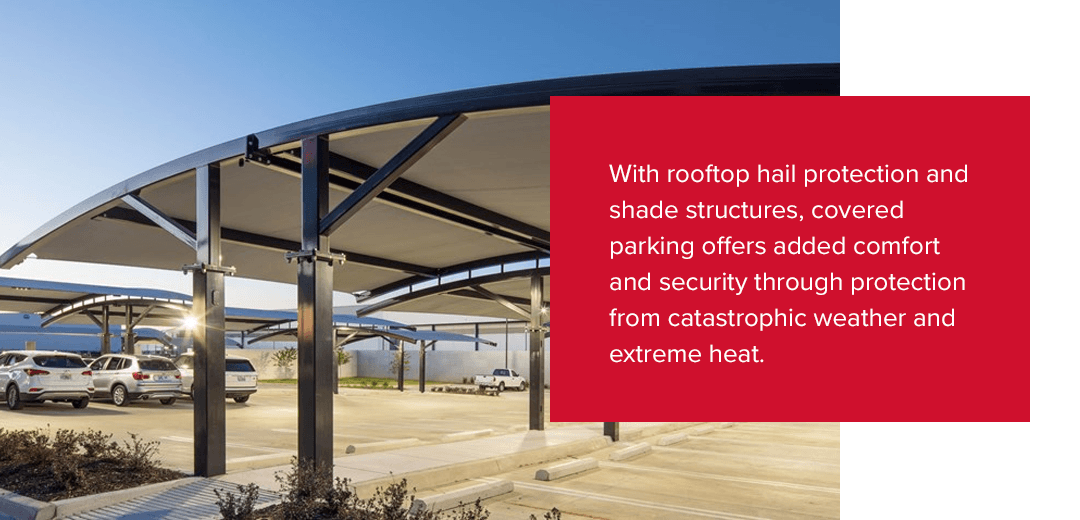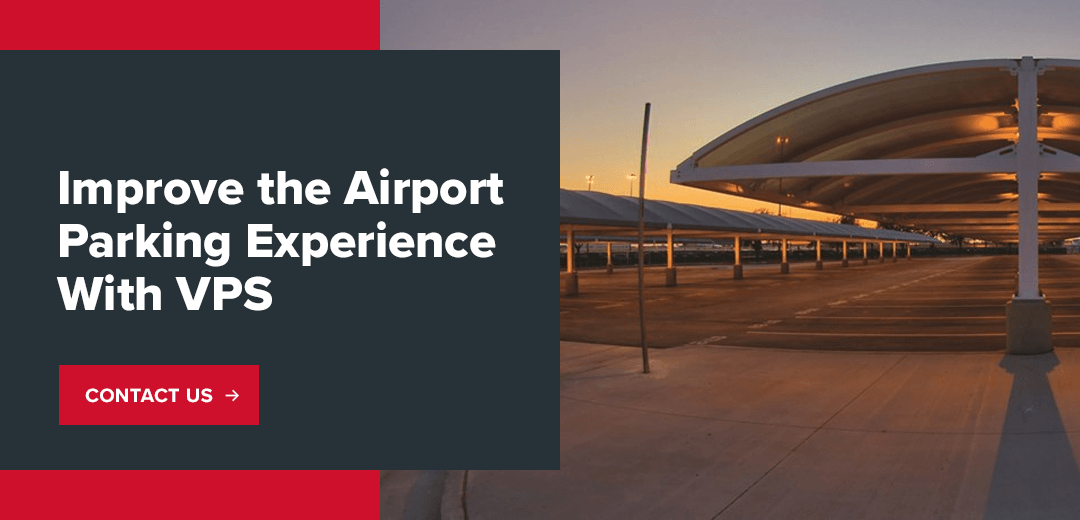Airports are often places of stress, urgency, and inconvenience for travelers. Providing a good airport experience can encourage regular travelers to choose to fly out of one particular hub over another, leading to increased revenue for the airport. The airport experience can become a place where travelers can relax before starting a big vacation, heading to work conferences, or making regular commutes — and when they return home and wind down from their journey.
Modern airports interested in offering the best airport passenger experience need to understand the traveler’s perspective on what passengers want and need when passing through the terminals and gates. One study showed that most travelers consider airports more stressful than work or filing taxes. The key is establishing a consumer-focused goal prioritizing passenger comfort and convenience.
Understanding how to boost the airport customer experience and what airport innovation ideas to implement is important to retaining regular travelers and appealing to potential customers.
Learn how to improve the airport experience by reading the full article or jumping to a relevant section:
- Why Invest in Providing a Better Airport Experience?
- The Basics of a Good Airport Experience
- How to Improve Customer Service in Airports
- How to Streamline Airport Passenger Flow
- Features to Include in Airports
- How to Enhance the Airport Parking Experience
- Improve the Airport Parking Experience with VPS

